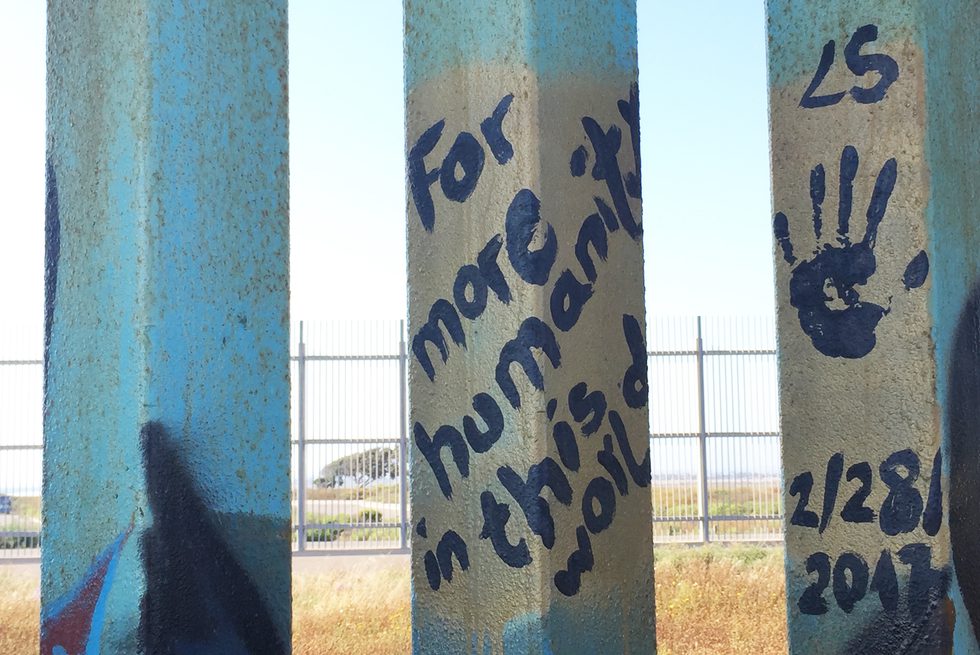Imagining (Disciplinarity) Otherwise
From the Series: Book Forum: A Possible Anthropology
From the Series: Book Forum: A Possible Anthropology

A Possible Anthropology (Duke University Press, 2019) by Anand Pandian sparkles with brilliant insight and capacious vision. It’s Pandian’s love letter to a discipline and to the corporeal, experiential theoretical practice of ethnography. A self-styled ethnography of anthropological “method,” the book destabilizes the theory/method binary by attentively following processes of theory-making: reading, writing, teaching, fieldwork. Through encounters with (ethnographic) theory/practice and the arts, the book argues for “anthropology as a way of tuning into the critical potential of the world at hand . . .” (117).
As a fellow anthropologist who embraces ethnography as corporeal epistemology, a way of being in the world, and a site of intellectual/creative/political intervention, I am inspired by Pandian’s theorizing of that potentiality. As a playwright, dramaturg, and performance studies scholar, I discern deep affinities among the arts, cultural studies—especially critical race studies, queer/feminist theory—and the anthropology Pandian espouses. Strikingly, the heavy weight of disciplinarity runs through work in all these sites. Mainstream anthropology could benefit from a more robust engagement with scholarship in critical race studies that interrogates the Human/the humanities (e.g., Wynter 2003; Weheliye 2014; Singh 2018; Chuh 2019; Keeling 2019; Lloyd 2019). The human/the humanities, these scholars argue, is racialized from the start, forged in histories of colonialism. Similarly, humanities scholars could productively venture beyond literature and the textual (including cinematic "texts") for their archives, to appreciate the power of anthropology’s corporeal epistemologies.
Pandian acknowledges fundamentally urgent critiques from indigenous and African anthropologists: Anthropology’s “subtle racism that treated people from elsewhere as objects of study, rather than thinkers and theorists in their own right . . . " and the unbearable whiteness of AAA meetings. He nonetheless insists upon the political potential of anthropology’s experiential encounters with alternative ways of being in the world.
Finding in the work of artists and ethnographers this capacity to imagine the world otherwise, Pandian reconsiders the Human, advancing anthropology’s mandate “to nurture a humanity yet to come” (80). His erudition and graceful arguments are compelling. Still, two moments perhaps oversell disciplinarity. At the World Conservation Congress, Pandian claims for anthropology Maori lawyer Maru Samuels’s assertion of rangatiratanga—the authority, or self-determination—of native peoples. Yet are "an acute sense of the limits of . . . dominant perspectives, the political and historical scaffolding of these limits . . . the importance of transgressing them by mobilizing contrary experiences" (89) exclusively anthropological? What of indigenous/postcolonial critiques? Ursula K. LeGuin, who carried Kroeber’s ethnographic sensibility into her own world-building, represents a second moment. How might LeGuin’s undeniably powerful works be positioned differently from those authored by people once (and still) excluded from the Human? As Claudia Rankine et al. (2015) reminds us, the imagination is not free-floating; it is always already racialized. Ishi remains one of the emblematic “signifiers” of anthropology’s colonial origins. Can we more fully theorize the constitutive contradictions and productive complicities of our discipline?
In the face of global precarity, the arts’ capacity to move people affectively, kinesthetically, politically, offers a life-giving political intervention. I have joined with Pandian and other like-minded anthropologists to intervene in the stuffy institutional settings of AAA conferences, to shift our habitual embodied practices in order to “change the air.” Women/people of color changed the air through integrating drama, performance art, film, drawing, poetry in our presentations—both as theory and in conjunction with conventional high theoretical discourse. A Possible Anthropology shows that the arts and an expansive ethnography can enact what I have called reparative creativity, inevitably partial attempts to redress the effects of structural violence and environmental devastation, offering portals into life-giving ways of being otherwise.
Chuh, Kandice. 2019. The Difference Aesthetics Makes: On the Humanities “After Man.” Durham, N.C.: Duke University Press,
Keeling, Kara. 2019. Queer Times, Black Futures. New York: New York University Press
Lloyd, David. 2019. Under Representation: The Racial Regime of Aesthetics. New York: Fordham University Press.
Rankine, Claudia, Beth Loffreda, and Max King Cap. 2015. The Racial Imaginary: Writers on Race in the Life of the Mind. Albany, N.Y.: Fence Books.
Singh, Julietta. 2018. Unthinking Mastery : Dehumanism and Decolonial Entanglements. Durham, N.C.: Duke University Press.
Weheliye, Alexander G. 2014. Habeas Viscus Racializing Assemblages, Biopolitics, and Black Feminist Theories of the Human. Durham, N.C.: Duke University Press.
Wynter, Sylvia. 2003. “Unsettling the Coloniality of Being/Power/Truth/Freedom: Towards the Human, After Man, Its Overrepresentation—An Argument.” CR: The New Centennial Review 3, no. 3: 257–337.